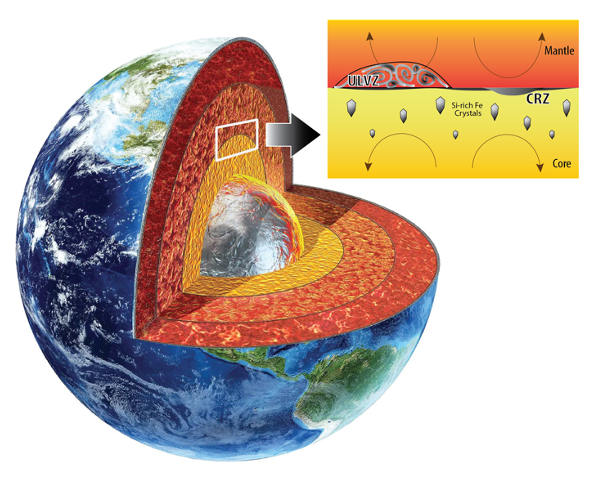Earthquakes are used to explore our planet’s interior. Researchers study their echoes for this purpose. These seismic waves have anomalies that are not yet fully understood.
But one of those mysteries may now be out. Through an experiment, researchers at the University of Tokyo, the University of Arizona, and the University of Chicago have determined that silicon-rich snow could exist between the Earth’s liquid core and mantle. This is likely to be responsible for at least some of the strange seismic waves.
To do this, the conditions of the Earth’s outer core, which consists of liquid metal, were recreated in the laboratory. They tested the theory that silicon and hydrogen, found in the liquid iron of the Earth’s core, can rise in the right amounts. They observed silicon-rich crystallites forming, resembling snow, and rising through the denser liquid iron. This snow would then accumulate at the boundary between its mantle and core, explaining the anomalies they measured.
These findings are important for further exploration of our Earth. This is because the movement of the Earth’s outer core is responsible for the Earth’s magnetic field, which protects us against the effects of space and solar weather. If the Earth’s core can be better studied, it might also be possible to predict more accurately how the Earth’s magnetic field will change.
- source: futurezone.at/picture: Universität Arizona
This post has already been read 2261 times!



